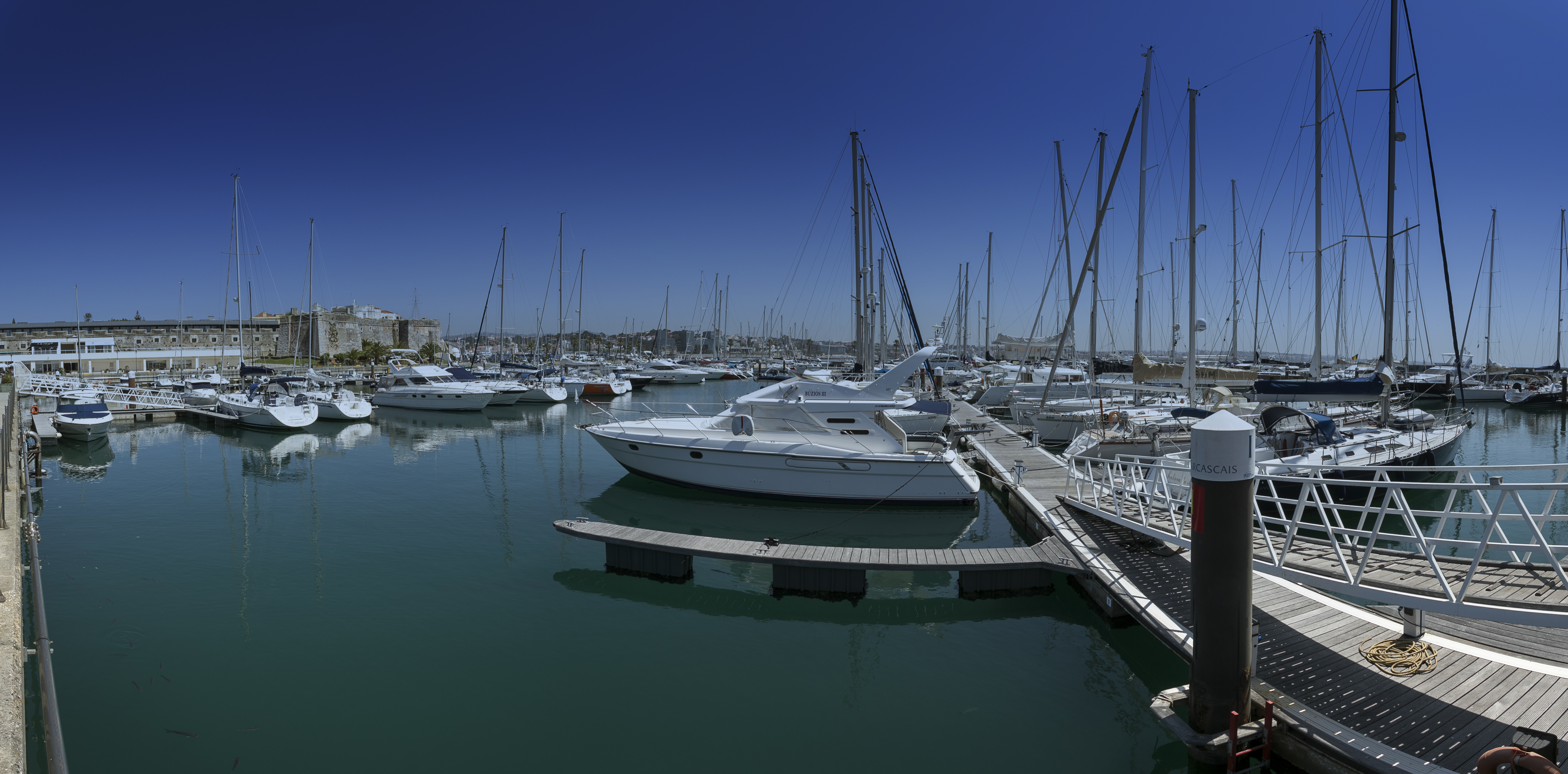Marc Hemeon
Gynaecological, Pediatrics Clinic
Originally a web designer, Kai launched the first Offscreen magazine in early 2012 after wanting to create something more physical and lasting.
Make Your Success a Priority.

Impact on operations
Biofouling consists on the accumulation in layers of microorganisms, algae or animals on wetted surfaces. Antifouling is the ability of specifically designed materials and coatings to prevent this accumulation of biofouling.
Biofouling occurs anywhere in the presence of water and poses a threat to a wide range of industries, such as water treatment, underwater construction and structures, desalination plants, aquaculture, maritime transports and recreational navigation.
Impact on Fuel and emissions
Specifically, the buildup of biofouling on vessels poses a significant problem. The accumulation of pest organisms on hulls can increase both the hydrodynamic volume of a vessel and the hydrodynamic friction, leading to increased drag of up to 40%.
Fuel typically comprises up to half of marine transport costs and antifouling methods are estimated to save the shipping industry around $60 billion per year in that aspect. Since increased fuel use contributes to adverse environmental effects. The impact of biofouling is predicted to increase emissions of carbon dioxide and sulfur dioxide between 38 and 72% by 2020.
Aquatic invasive species
The introduction of invasive aquatic species to new environments by ships has been identified as a major threat to the world’s oceans and to the conservation of biodiversity.
These species cause serious damage to local biodiversity and valuable natural resources of the earth. Significant economic impact occurs to industries that depend on the coastal and marine environment, such as tourism, aquaculture and fisheries, as well as costly damage to infrastructure.
Make Your Success a Priority.
Gynaecological, Pediatrics Clinic
Originally a web designer, Kai launched the first Offscreen magazine in early 2012 after wanting to create something more physical and lasting.
Gynaecological, Pediatrics Clinic
Originally a web designer, Kai launched the first Offscreen magazine in early 2012 after wanting to create something more physical and lasting.
Gynaecological, Pediatrics Clinic
Originally a web designer, Kai launched the first Offscreen magazine in early 2012 after wanting to create something more physical and lasting.
Gynaecological, Pediatrics Clinic
Originally a web designer, Kai launched the first Offscreen magazine in early 2012 after wanting to create something more physical and lasting.
Gynaecological, Pediatrics Clinic
Originally a web designer, Kai launched the first Offscreen magazine in early 2012 after wanting to create something more physical and lasting.
Gynaecological, Pediatrics Clinic
Originally a web designer, Kai launched the first Offscreen magazine in early 2012 after wanting to create something more physical and lasting.
Gynaecological, Pediatrics Clinic
Originally a web designer, Kai launched the first Offscreen magazine in early 2012 after wanting to create something more physical and lasting.
Gynaecological, Pediatrics Clinic
Originally a web designer, Kai launched the first Offscreen magazine in early 2012 after wanting to create something more physical and lasting.
Gynaecological, Pediatrics Clinic
Originally a web designer, Kai launched the first Offscreen magazine in early 2012 after wanting to create something more physical and lasting.
Gynaecological, Pediatrics Clinic
Originally a web designer, Kai launched the first Offscreen magazine in early 2012 after wanting to create something more physical and lasting.
Gynaecological, Pediatrics Clinic
Originally a web designer, Kai launched the first Offscreen magazine in early 2012 after wanting to create something more physical and lasting.
Gynaecological, Pediatrics Clinic
Originally a web designer, Kai launched the first Offscreen magazine in early 2012 after wanting to create something more physical and lasting.
